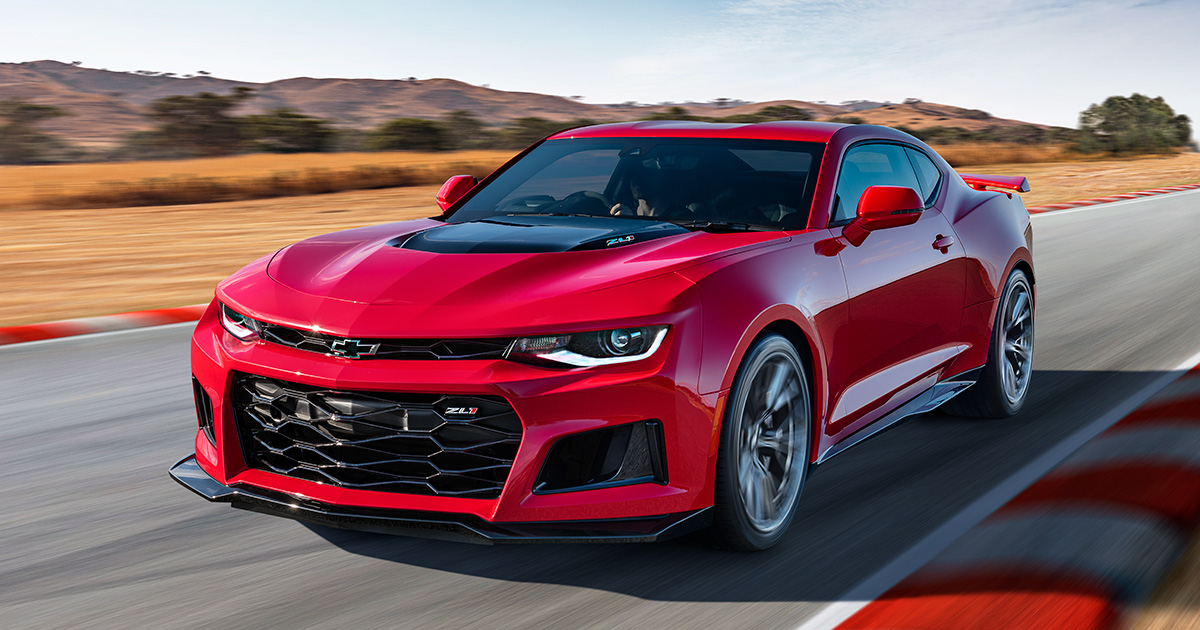After nine strong model years in the market, with hundreds of thousands sold, the sixth generation Chevrolet Camaro will retire at the conclusion of model year 2024.
Only a handful of vehicle name plates have risen to tenured, global fame, and, among the few American muscle cars that have, Chevrolet’s Camaro is inarguably one of the greats. That’s why it pains us to announce that Chevrolet is killing off the Camaro nameplate, at least for now. Following a final collectors’ edition of the sixth-generation Camaro, there will be a muscle car-sized hole in Chevrolet’s product lineup.
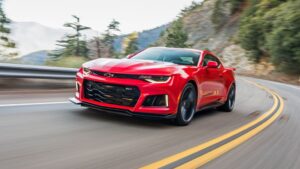
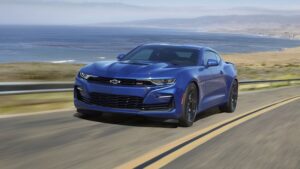
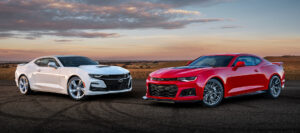
The final Camaros will be sold as 2024 models, with the last units set to roll off General Motors’ Lansing Grand River Assembly Plant in Michigan in January 2024. The Collectors’ Edition will be available in North American markets only. Chevrolet has yet to specify what exactly will be offered in its final iteration, but it did say the Collectors’ Edition package will be available on RS, SS, and a limited number of ZL1 models.
“As we prepare to say goodbye to the current-generation Camaro, it is difficult to overstate our gratitude to every Camaro customer, Camaro assembly line employee, and race fan,” said Scott Bell, vice president of Global Chevrolet. “While we are not announcing an immediate successor today, rest assured, this is not the end of Camaro’s story.”
The Camaro nameplate will continue on for Chevrolet on the motorsports side as a ghost model of sorts. Specifically, Chevy says it will continue to race the nameplate in NASCAR, IMSA, SRO, NHRA, and the Supercars Championship.
First sold in 1966, Chevrolet’s iconic muscle car has gone through six generations of rear-wheel-drive, almost-always-V8-available, two-door design. While cherry versions of the first- and second-generation cars caught the eye of collectors, drag-builders, and pro-touring racers alike since their launch, the 1980s and 1990s weren’t always kind to the look and feel of an evolving third- and fourth-generation Camaro. In fairness, most of our favourite muscle cars suffered at that time, but what matters is that Chevy brought it back after an eight-year hiatus from 2002 through 2010.
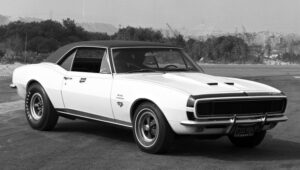
The reintroduction of the Camaro nameplate in 2010 made waves in the industry, as it was praised for its historic yet modern styling and athletic disposition. Using a concept car for a starring role as Bumblebee in Michael Bay’s 2007 Transformers movie didn’t hurt its popularity, either.
Throughout its five-year production run, the fifth-generation Camaro become popular among enthusiasts and journalists for its fun-loving Holden-based and Australia-engineered chassis, with special-edition models like the Z/28 further playing on aging gearhead nostalgia.
In turn, the sixth generation posed a continuation of muscle car prosperity for Chevy. To this end, very similar styling made the new chassis appear similar to its predecessor.

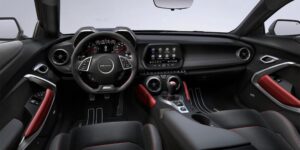
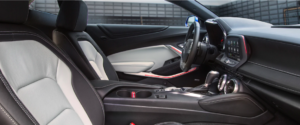
However, the use of GM’s Alpha platform accentuated the handling prowess of the sixth-gen Camaro, with 200 pounds shed and 70% of its architectural components being model-specific. That’s no small feat at a manufacturer like GM. Additionally, it also ushered in a new era of turbocharged, four-cylinder Camaros, as the brand dealt with tightening emissions regulations and competition from Ford’s Ecoboost Mustang.



